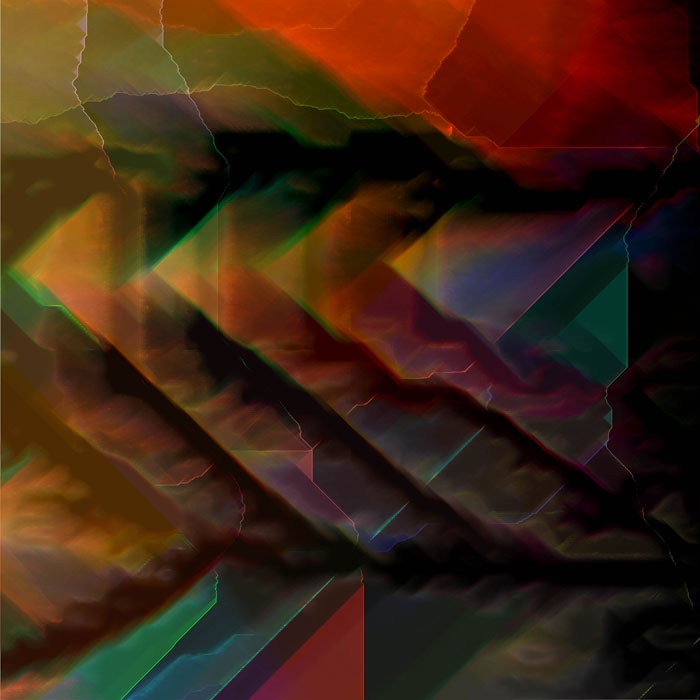Chatterjee & Lal, Mumbai, 11 August – 2 September
On 10 August 2017, Chatterjee & Lal was ten years old. Birthday festivities did not include cake or champagne, and no one blew out any candles at the commemorative do, but artworks were plentiful, spilling over the floor to mark the occasion. The celebration was fitting: after all, Chatterjee & Lal is one of Mumbai’s best-known commercial galleries.
Established by husband-and-wife Mort Chatterjee and Tara Lal, the gallery is well loved for giving fledgling new media practitioners a boost. Its birthday exhibition – The 10 Year Hustle – peddles this line, quirkily putting C & L’s own stable of talent in dialogue with more venerable artists (and historical artefacts). There are some unexpected guests: see the mysterious-looking Post-Gupta era stone apsara (angel) huddled high up on a wall? The gallery makes much of its own brood too. Offerings by its rising stars – for instance, Minam Apang’s Moon Mirrors Mountains Series (2013), moody, monochrome landscapes (created with a fusion of tea and charcoal) – socialise with contributions from the gallery’s superstars: among them Rashid Rana’s gridlike photomontages, Delhi-duo Thukral & Tagra’s logo-filled pastel painting and performance artist Nikhil Chopra’s inky watercolours of a silvery landscape, Rehearsal Act I–II (2014). Chopra’s tiny watercolours anticipate – somewhat like preparatory sketches – the vast charcoal drawings of his surroundings that he makes during his performances – in which he assumes the guise of personages from bygone epochs (a Raj-era gentleman; a Victorian damsel; a queen). His dark drawings are repositories of remembrance: since they are made during his performance, they serve as aides-memoire afterwards. So, Chopra’s Rehearsal Acts, which look forward to looking back, are perfect conceits for this time-sensitive show.
The display is cunningly divided into two sections: one tackles the earth, the other speaks to the sky. Each ruminates on the past in its own way. The first concentrates on modern and contemporary artists’ depictions of landscape. Clever placement of artworks demonstrates how golden oldies continue to influence (relatively) new kids on the block: we notice that Apang’s fragile mountainscapes, with their minute geometric forms, resemble the mini-triangular structures in Zarina Hashmi’s celebrated etching Shelter (1982). In turn, Hashmi’s miniscule shapes recall long-deceased Pilloo Pochkhanawala’s Untitled and undated pen-and-ink drawings of featherlike structures on tracing paper.
Meanwhile, behind some pillars, the second part of the exhibition unfolds. Here, contemporary artworks dealing with air and angels are juxtaposed with celestially preoccupied antiquities. Fabien Charuau’s rainbow-hued untitled digital print (from the series A Thousand Kisses Deep, 2015) is paired with a nineteenth-century Madrasi stained-glass window, its opulent peacock-feather pattern allegedly commissioned by the Maharaja of Travancore. Both print and pane appear suffused with a magical, multicoloured radiance.
Even as they take off, the gallery’s artists remain rooted in India’s age-old traditions
Even as they take off, the gallery’s artists remain rooted in India’s age-old traditions, gallerists Chatterjee and Lal subtly stress with this show. No doubt this argument is an attempt by C & L to stake its claim; to ‘hustle’ the artists it represents into Indian art history. A discreet kind of boasting, perhaps? Still, for a contemporary art gallery to have survived for a decade in Mumbai is no mean feat. Surely, this merits a toast – even a gentle boast – or two?
From the Winter 2017 issue of ArtReview Asia
